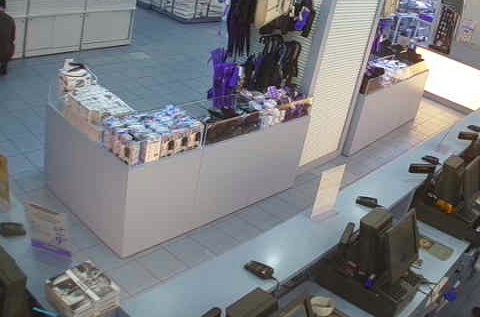How can I divide an image into two specific polygons?
Hi , I am not sure that the question has been asked or not. I have an image shown in first picture. And i detect humans in the picture. But i want to find where the detected humans located. I create two or more polygons in an image shown the second picture and need to find regions of detected humans. For example, suppose i have 5 detected humans in the image and then i need to find how many of them is in region 1 and how many of them is in region 2. I have coordinates of detected humans, and i developed an algorithm in it i compare coordinates of the regions and detected humans' coordinates. But i wonder i can use a different approach in such scenario. I would be appreciated if any help .



